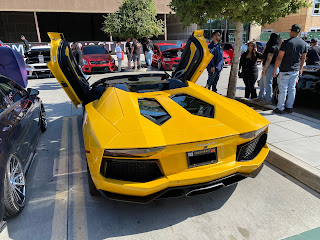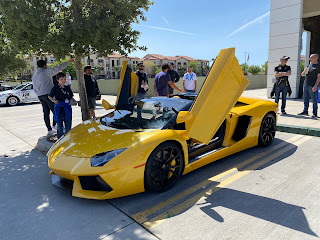The Durango was the latest vehicle in Dodge's lineup to receive the beefy high-performance Hellcat treatment. Although the current Durango has been in production for 12 years, the Hellcat version was added in 2021 after the the massive success of the Challenger and Charger Hellcat models and other high-performance SUVs in general. Powering the Durango Hellcat is a 6.2-liter supercharged HEMI V8 with 710 horsepower and 645 lb-ft of torque paired to an 8-speed automatic gearbox. It launches from zero to 60 mph in 3.6 seconds and tops out at around 200 mph. All-wheel drive is standard on the Durango Hellcat along with a specifically-tuned suspension with adaptive dampers and exclusive 20-inch wheels. It also contains a few additional hood vents over lesser Durango models. Inside, the Durango Hellcat's interior is well-laid out, featuring leather trim, a flat-bottomed steering wheel with the SRT logo in its center, standard heated and ventilated seats, a 10.1-inch touchscreen with Uconnect 5 infotainment software, and red accents in the gauge cluster. In addition, it offers plenty of cargo space and a stowable third row of seats.
Dodge initially produced only 3,000 examples of the Durango Hellcat in 2021 but brought it back for 2023 after a one-year production hiatus. Dodge also added Plus and Premium packages to the Durango Hellcat for 2023, which add more premium features and creature comforts over the standard version. Pricing for the Durango Hellcat starts at $93,335, with many examples selling for over $100,000. It is by far the rarest of the Hellcat models, having only seen four Durango Hellcat examples in person compared to countless Challenger Hellcats, Charger Hellcats, and Ram TRXs. Overall, the Dodge Durango Hellcat is an insane, amazing, and underrated high-performance SUV.
You can further support my blogs by checking out my merch (sample pictured below): CPF Store












































